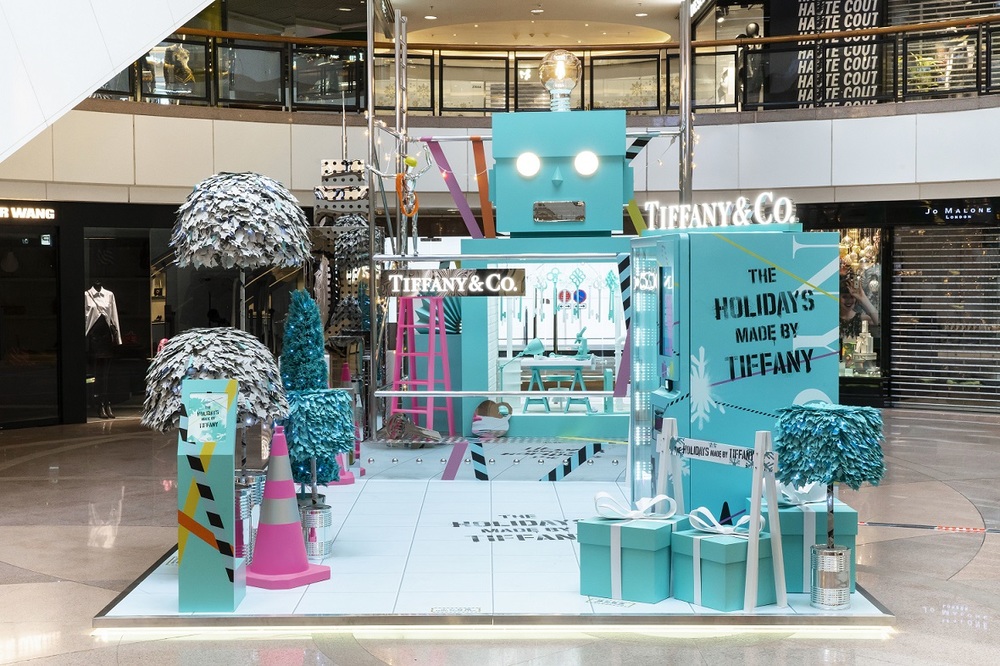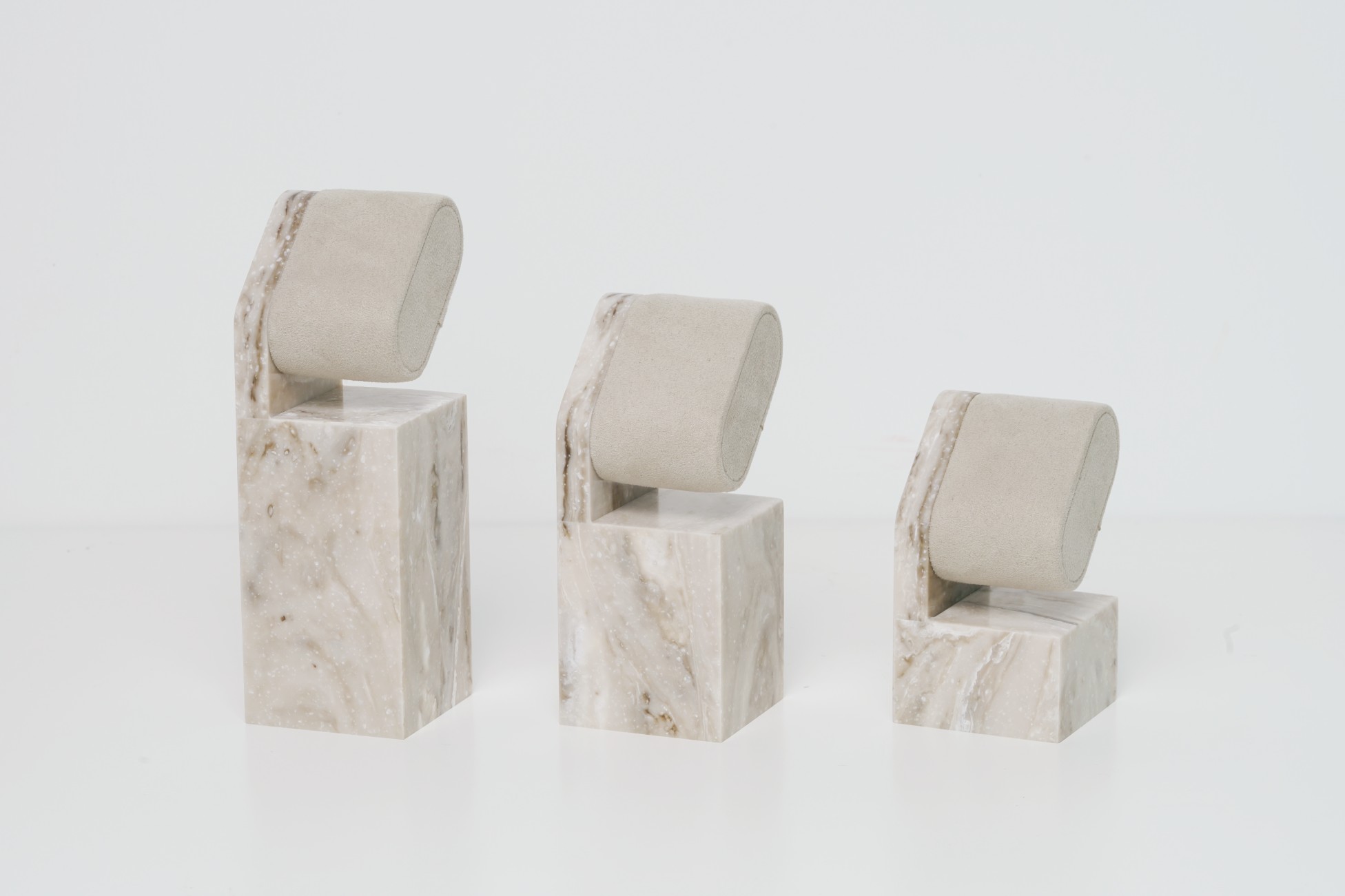How to Design One Display System That Works Across Countries, SKUs, and Store Formats
By Yan Luo | Samtop Display
Multi-market rollout kits are the key to global retail success. When campaigns span multiple countries, displays must adapt to languages, SKUs, and store formats while maintaining brand consistency. Without adaptable systems, rollout costs rise, setups take longer, and brand impact weakens. A single display system must accommodate varying languages, product sizes, retail formats, and VM standards—all within a tight budget and timeframe. How can you design a universal display that works for every market?


Without careful planning and a flexible system, brands risk wasting resources on inefficiently tailored displays, leading to logistical headaches, longer setup times, and higher costs. Not to mention, missing out on creating a cohesive, brand-aligned experience across markets could result in diluted brand impact and visual confusion. You need a system that adapts seamlessly to each region’s specific requirements without compromising the campaign’s effectiveness.
At Samtop, we design rollout kits that are smart, scalable, and adaptable. Our kits are engineered to accommodate different languages, SKU sizes, and retail formats, ensuring your brand's presence is visually consistent across every market. We create systems that offer local flexibility with global standardization, maximizing your ROI while keeping your brand identity intact.
Designing a global retail campaign doesn’t have to mean a one-size-fits-all approach. With the right rollout kit, your display can accommodate different languages, SKUs, and retail formats without sacrificing visual consistency. Learn how to design adaptable displays that work across countries and stores.
Are you managing multiple retail markets with one display system? Launching campaigns across 5+ countries presents a unique set of challenges. But with a flexible and scalable display system, you can ensure visual consistency, adapt to various regional needs, and streamline logistics. Keep reading to learn how to create display kits that are tailored for each market while maintaining a cohesive brand experience worldwide!
🌍 Why Multi-Market Rollout Kits Matter for Global Retail
| What Varies | Why It Matters |
|---|---|
| 🌐 Language | Printed text, claim cards, instructions |
| 💄 SKU | Regional best-sellers, bottle shapes, sizes |
| 🛍️ Retail Format | Flagship vs. boutique vs. pharmacy |
| 📏 Shelf Sizes | Display footprint constraints |
| 🧠 VM Rules | Safety, height, lighting, brand hierarchy |
🧠 Global standardization doesn’t mean visual duplication — it means flexible consistency.
🧩 Key Components of Adaptable Retail Rollout Kits
| Kit Element | Function |
|---|---|
| ✅ Universal Base Unit | Core structure, same size for all markets |
| ✅ Localized Header Cards | Language + campaign copy variant |
| ✅ Modular Tray Options | Adapts to local SKUs (1/2/3 bottle format) |
| ✅ Footprint Adapters | Shelf clip-on / countertop / riser versions |
| ✅ Instruction Sheets (QR) | Per-market languages & install visuals |
| ✅ Visual Reference Cards | For compliance photos, cross-market alignment |
| ✅ Repack Components | For rotation or reuse in next campaign wave |
🔁 Standardized vs. Customized Elements in Multi-Market POP Displays
| Element | Global Standard | Local Variant |
|---|---|---|
| Base Shape | ✅ Yes | 🚫 No |
| Material / Finish | ✅ Yes | 🚫 No |
| Logo / Branding | ✅ Yes | 🚫 No |
| Header Content | 🚫 No | ✅ Yes |
| Tray Format | 🚫 Optional | ✅ Required |
| Language / Setup Guide | 🚫 No | ✅ Yes |
📦 Smart design = only change what’s necessary.
🧭 Real Case: 9-Country Luxury Skincare Rollout
Challenge:
1 hero campaign, 3 bottle sizes, 5 languages, 4 retail formats, all stores required quick install + brand-aligned visuals, with reuse planned for Q2 and Q4 campaigns.


